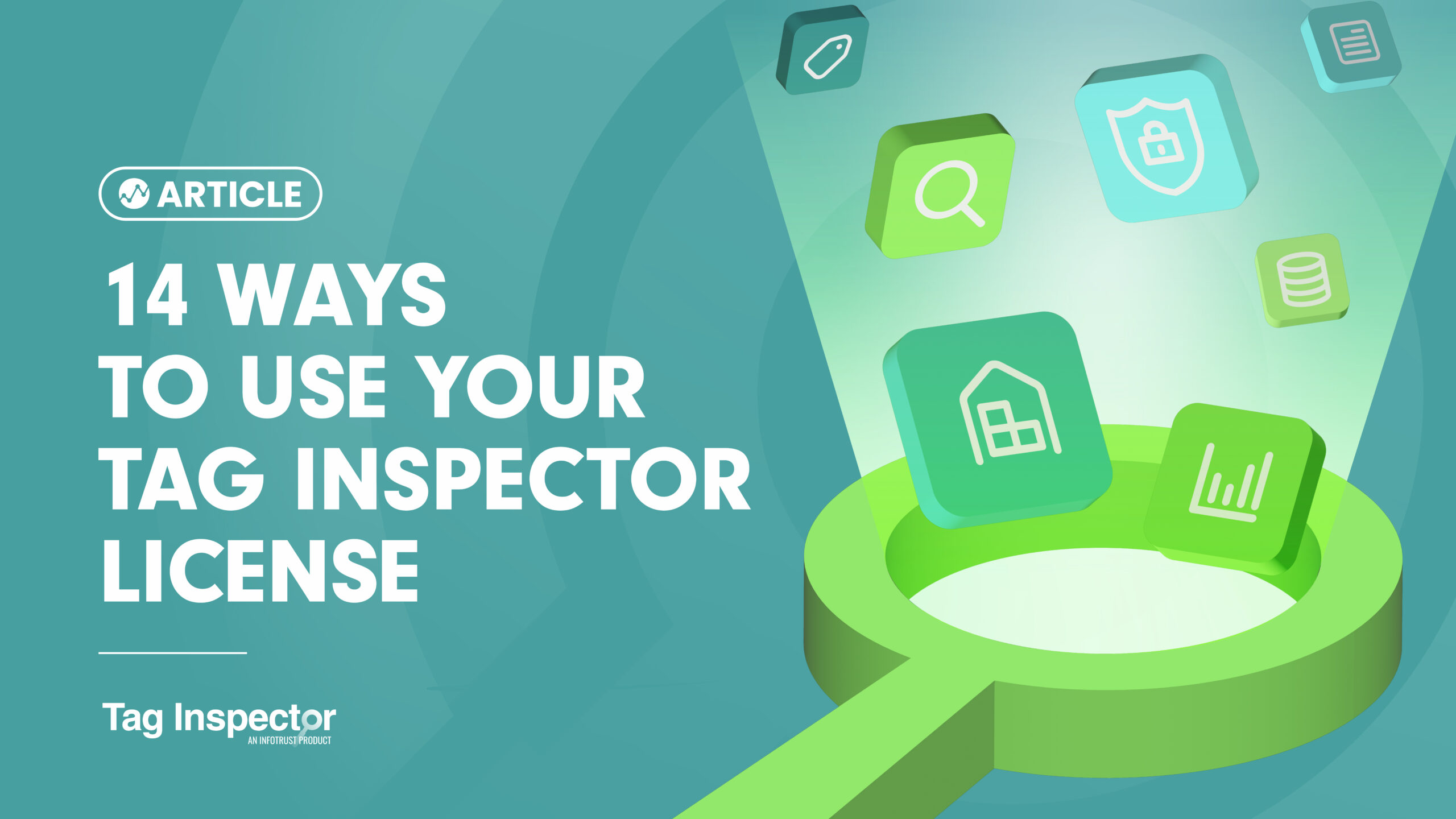Bad data costs U.S. businesses $3 trillion every year. Bad data comes in many forms, including the inefficient and poor handling of it. From Lenovo to Target, Google to DoorDash, Blue Cross to Uber, the California Consumer Privacy Act has fined hundreds of companies, many for mishandling or even ignoring what consumers want to happen with their data.
One of the biggest mishandlings comes from consent management, or not adhering to it. When visitors make their selection on your site via OneTrust or another CMP, how do you know it’s being adhered to? When this fails, your potential customer loses trust in your company knowing they’re being tracked and targeted when they’ve rejected just that. At worst, you get a seven-figure fine.
Bad data can rear its head in the form of inefficient tags firing or defunct tags existing on a site, slowing down your conversion rate, regardless of channel. Attribution may be a mess because tags were deleted from specific pages or never implemented to begin with. This invokes the classic Wanamaker quote, “Half the money I spend on advertising is wasted; the trouble is I don’t know which half.”
Our tool is Tag Inspector. It consults and solves the above scenarios as well as a dozen more below for how enterprise organizations rely on it for their large sites or across their brands.
- Evaluate and ensure all tags are respecting privacy and compliance requirements.
- Automatically detect Personally Identifiable Information.
- Find defunct tags – Do you still have AddThis tags? Google Optimize? Marketing departments change over time and tools implemented years ago may still be lingering and only slowing down the site.
- Pages missing tags – Run your entire site through Tag Inspector to identify which are missing Google Analytics 4, Floodlight, or Optimizely, or other tags essential in tracking, testing, and increasing your revenue.
- Tag architecture planning – When a nonprofit was firing 90 tags on every page, they could then see them via this tree structure and understand there were efficiencies to be had.

6. Tag visibility, including piggybacking tags – Which tags are piggybacking and firing through Google Tag Manager? Tealium? Ad tags?
7. Test not just through a rejecting setting; ensure you’re testing consent through Global Privacy Control (GPC), providing you a true view of rejecting and what still fires. GPC is a consortium of browsers and plugins that a user could use to transmit their privacy wishes to an organization without the need to press a “Do Not Sell My Personal Information” button or interact with a CMP.
8. Test based on 15+ of the top consent management platforms, including OneTrust, TrustArc, CookieYes, UserCentric, and more.
9. Tag Inspector allows you to monitor many sites without the need to hire a person or division to do it. This might already go without saying, but when you’re a multibrand organization, who is responsible for actively tracking consent management and tagging across all brands? Subdomains? Microsites? Vanity domains used for TV or radio? There’s a lot that can get hairy very quickly. Tag Inspector allows a single person or division to do the job of several people by having the consent and monitoring alert them proactively vs reactively drowning hours into doing this manually.
10. Support to help your team prioritize and distill findings from Tag Inspector.
- Need someone to set up dozens of sites for you and walk you through the alerts you’ll get? That’s support.
- Need the data to provide the legal team with visibility on tags and data being collected? That’s support.
11. Reduce litigation risk. Tag Inspector helps give transparency into what tags and cookies are firing under various consent conditions. Specifically, Tag Inspector gives a way to see all tags and cookies that are still firing even after a user has declined consent.
12. Configure Governance Policies – After helping you get your portfolio of sites to a good place, Tag Inspector also features Governance Policies. With Tag Inspector, you can configure policies for what and how tags should be loading (e.g. from source? Through GTM-only? Through piggyback-only?). After configuring policies, you can then review monthly reports to ensure all of your sites are still compliant and detect any exceptions.
13. Help fend off privacy bounty hunters. Increasingly, there is a growing cottage industry of ambulance chasers–lawyers who will find plaintiffs to deliberately find sites that violate user consent preferences. If you are armed with Tag Inspector, you can then have the data to fend off accusations from such parties.
Bonus:
14. Measure the effect on performance for each tag that is loaded onto your website. Conducting a tagging evaluation can provide insights into the purpose, ownership, data destination, and utilization of each tag, potentially resulting in the elimination or merging of multiple tags, ultimately improving the site’s speed and performance.
Tag Inspector, along with our plugin TagExplorer, is trusted by more than 50,000 people at some of the biggest enterprises in the world.
IT teams rely on it as an insurance policy for their consent management platform setup.
Analytics teams rely on it to find tagging efficiencies listed above.
InfoSec teams rely on it to ensure PII isn’t being collected.
Legal teams rely on it to show a track record of compliance.
If you want to move forward with Tag Inspector, contact us and we’ll identify how your organization can save millions with it as well.
